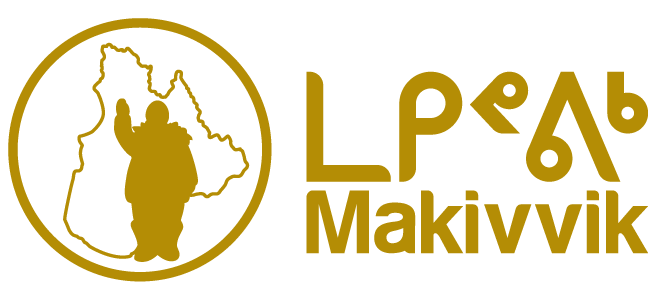Decades after being taken, Inuit human remains are returned
By Miriam Dewar
At the end of July, Inuit remains taken from a burial site around 1935 were finally laid to rest on the shore of Nunaingok, by their descendants.
The repatriation journey began last year, when Avataq archeologists were made aware of human remains at the Canadian Museum of History, which had been taken, along with some other materials, by archeologist Douglas Leachman back in the 1930s, from a site called Nunaingok, about nine kilometres southeast of Killiniq. The museum wanted the objects to return to the community from where they came. Avataq Executive Director Rhoda Kokiapik was contacted, and the wheels began to turn. Letters went between the museum in Gatineau and Avataq, with Makivvik and the LHC of Killiniq supplying letters of support.
This was not Rhoda’s first experience with accepting Inuit remains. Back in 2018 an Avataq team travelled to Dartmouth College in New Hampshire to collect bones from two graves that had been removed in 1969.
Finally, on June 22, Rhoda and her colleague Nicholas Duplessis arrived in Gatineau and were met by museum staff. They were taken behind the scenes and the remains, packed professionally in special biodegradable materials, were handed over. It was a different experience than in 2018.
“It was a much different atmosphere to me. I thought it was going to be intense, but the way it was, with the environment around it, it was lighter than I expected,” said Rhoda. “Maybe because I did it before.”
That was the easy part of the journey. From there, the remains travelled back to Montreal, then to Kuujjuaq. From there, safe in a grey, medium-sized plastic shipping container, the remains were flown and then stored at the Centre d’Etudes Nordique building in Kangiqsualujjuaq until final plans could be made for their reburial.
Sammy Unatweenuk, President of Epigituk Landholding Corporation, said after a lot of discussions and planning with local organizations and elders it was decided people would travel to the site by boat at the end of July.

Rhoda explained that she and her daughter arrived in Kangiqsualujjuaq from Inukjuak and the next day, along with others from the community, they set out in boats. There were about three canoes and five boats, transporting the remains and between 25-30 people, with all age groups represented, from elders right down to a toddler. The water was beautiful and calm, but the fog was so thick that there was almost zero visibility. The group made it to Ikirasakittuq, a caribou harvesting spot, about midway between Kangiqsuallujuaq and Killiniq. The community has a cabin there so those with small children and with canoes slept in the cabin. Rhoda and the others who were on the boats slept on them and, even though it is polar bear country, they were able to get some sleep.
The next day they started off to Killiniq, but the wind was stronger and coming from a different direction, making the water choppier. They had to stop to wait for the weather to calm down but reached Killiniq early in the afternoon on Wednesday. Rhoda said it was a meaningful moment for her.
“All these magazine pictures I see and the stories I hear about Killiniq, I was honoured to be there. I took a moment to absorb, knowing there is a big, rich history, you know the Moravian Church and such,” she said. “People pitched their tent inside the old fishing factory. They had no choice because polar bears were nearby. It was something else for me to see that, people pitching their tent inside a building.” At this point they met up with another group who had heard about the reburial and joined from Quaqtaq, having left about two days earlier, making it even more special.
Again, the weather was not cooperative, so they waited until Thursday to do the reburial at Nunaingok, which is quite a trek from Killinq and close to Labrador. On the coast, amidst rocks and mosses, the remains and artifacts were reburied.

Avataq archeologist Susan Lofthouse said archaeologists were at Nunaingok beforehand and found a grave near the site that was thought to be the place from which the remains had been removed but couldn’t be certain as there were no clear field notes to refer to from the 1930s visit. The group decided to err on the side of caution and build a new grave for the remains, rather than take the chance that they could be reburied in a grave belonging to someone else.
Inuit formed a line and handed rocks to the next person from lower on the site, to a hilltop, where the remains were then placed in a food cache. Elder Norman Snowball gave a short prayer, and a hymn was sung.

Once the group had completed their mission, people were free to do what they wished, so some went caribou hunting, and the boat that Rhoda was on tried to travel to Labrador, but the channel was too rough, so they turned back.
It was a long journey for both the remains and those who reburied them, but Rhoda said the fact that Inuit were able to rebury their ancestors, something that is not often done, made the trip very meaningful.




